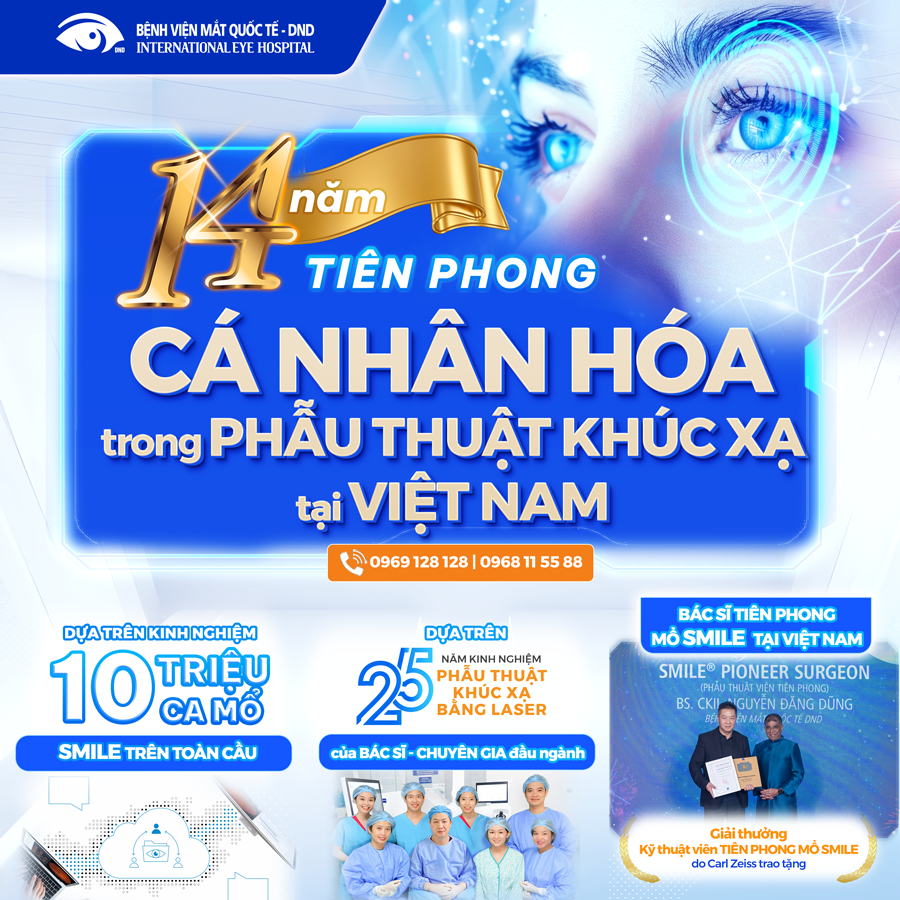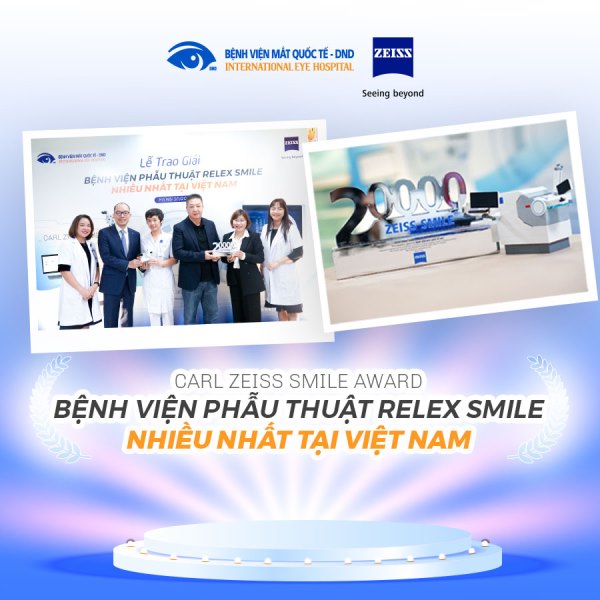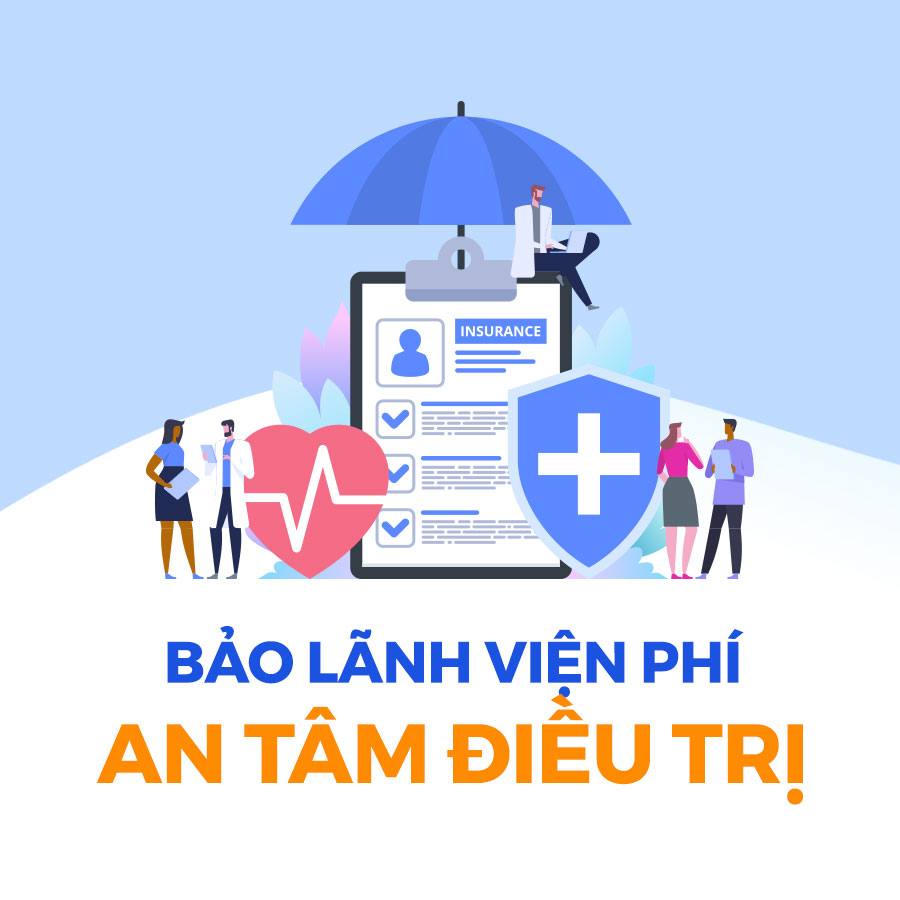Ophthalmologists and optometrists diagnose refractive errors in adults and children after performing a comprehensive eye exam. This exam takes place in a doctor’s office and is not uncomfortable, although some tests—for example, those that use eyedrops that widen your pupils—may make your eyes feel a bit strange and blur your vision for an hour or two.
Eye doctors recommend having an eye exam if you experience blurred vision. You should also have your eyes examined if you find yourself frequently squinting or straining to see objects that are far away, such as street signs, or up close, such as text in a book or on a computer screen.
In children, common symptoms of refractive error include not being able to see learning materials at the front of a classroom or difficulty reading, which may indicate an inability to see text up close. Squinting and straining can cause headaches. Children may also be observed repeatedly rubbing their eyes while reading or watching TV if they have trouble seeing clearly.
Doctors examine people of all ages and diagnose refractive error after performing an eye exam.





































